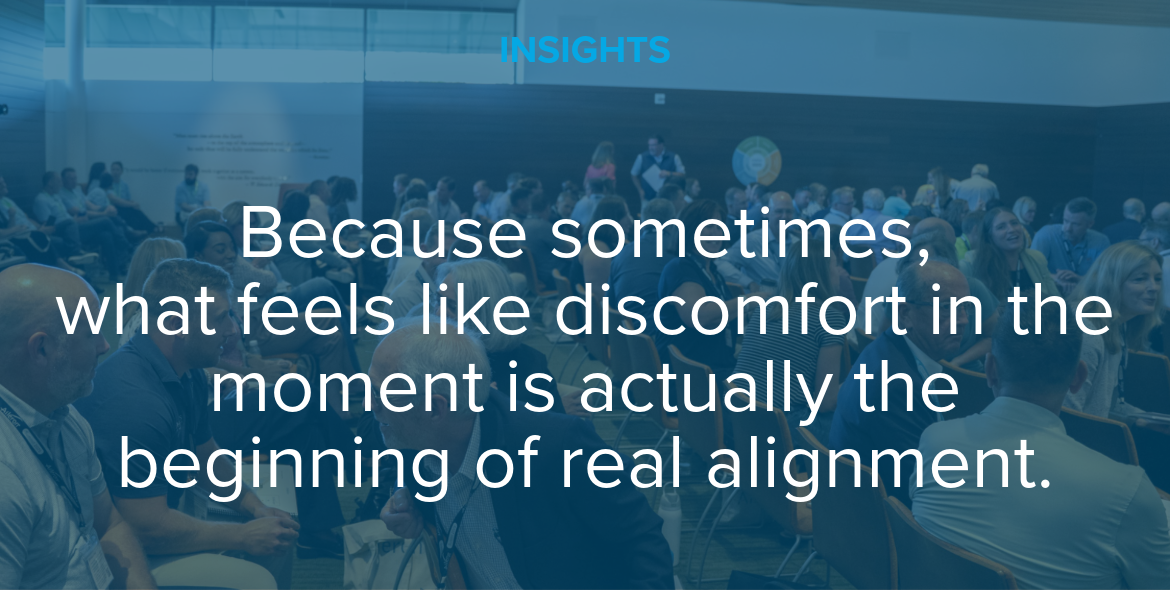
Accidental Culture: Why It Happens
“We’re making more money than ever, so why does it feel like everything is falling apart?”
The question hung in the air of Maria’s office. As the new president of a family-owned manufacturing firm, she had inherited a business that was, by all financial metrics, a runaway success. Yet, she spent her days putting out fires. There was constant drama between departments, finger-pointing when deadlines were missed, and a pervasive feeling that no one took ownership.
The previous owner, a multi-millionaire, had a simple philosophy: as long as the money kept rolling in, don’t upset the apple cart. For 20 years, cultural issues were swept under the rug, creating a massive wave of dysfunction that Maria was now struggling to fight every single day.
She was dealing with an accidental culture.
Whether you are intentional about it or not, your business has a culture. It is the collection of behaviors, habits, and unspoken rules that define “the way we do things around here.” When left to chance, culture often defaults to the path of least resistance.
This can lead to signs that your organization needs professional management, such as:
- An environment of chaos and drama
- Team members who are over-reliant on leaders for daily decisions
- A lack of accountability, where blame is more common than problem-solving
A profitable business can mask a toxic culture for years. Eventually, the cracks will show. High turnover, low morale, and an inability to adapt become major barriers to sustainable success.
How to Start Building an Intentional Culture
So, where do you begin the difficult work of reshaping a culture? You cannot fight the wave head-on. You have to change the currents.
1. Start with Your Values and Beliefs
Your strategy is the offensive play that moves your business toward its vision, but your values and beliefs are the sidelines. They are the rules of engagement that guide behavior.
You cannot hold people accountable for violating a value if it has never been clearly defined and communicated. Get your leadership team together and define what behaviors are acceptable and what are not.
2. Define What “Living It” Looks Like
It is not enough to have values like “Integrity” or “Teamwork” on a poster. You must define what those words mean in action. For a value like Work Enjoyment, living it might mean having a positive attitude and being approachable. Not living it might look like complaining and gossiping.
This clarity removes ambiguity and makes your values teachable and enforceable.
3. Lead by Example
Culture starts at the top. As a leader, you must model the behaviors you want to see. When you consistently make decisions that align with your stated values, you demonstrate that they are more than just words. They are the foundation of your organization.
Intentional Culture Requires Ongoing Commitment
Building an intentional culture is not a quick fix. It is a long-term commitment. It requires fostering an environment where every team member understands the expected behaviors and is empowered to bring the organization’s beliefs to life.
Every leader has a choice. Shape culture by design or let it form by default. Which will you choose?
Want to build an intentional culture — before the cracks show?
Join us for the Course for Presidents, a two-day workshop designed for business owners and leaders. Step out of the day-to-day, clarify your values, and learn how to align culture with strategy through professional management.
Not ready to commit just yet? Sign up for a complimentary Discovery call to connect and learn more.




